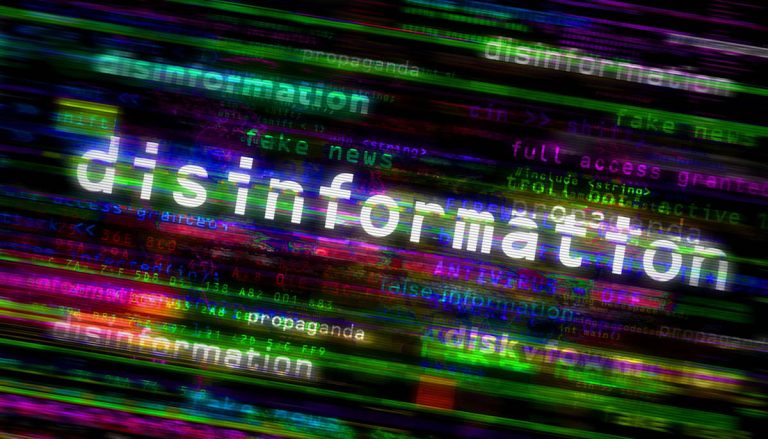The Disinformation Pandemic: A Deep Dive into the Mechanics of Deception
The digital age has ushered in an unprecedented era of information dissemination, connecting billions across the globe through a complex web of networks. While this interconnectedness offers immense potential for progress, it also presents a fertile ground for the proliferation of disinformation, a phenomenon that has reached pandemic proportions, impacting societies worldwide. This isn’t merely the spread of misinformation, which can be accidental or incidental; disinformation is the deliberate, strategic deployment of falsehoods to manipulate beliefs and serve the agenda of its purveyor, be it a hostile government, a political group, or an ideologically driven movement.
The historical precedent for mass dissemination of propaganda is well-established, from the Gutenberg printing press to the early days of television exploited by the Nazi regime. However, the scale and sophistication of contemporary disinformation campaigns are unparalleled. Ubiquitous access to high-speed internet via smartphones and computers allows for direct, instantaneous delivery of fabricated narratives to billions. Furthermore, advancements in artificial intelligence enable “microtargeting,” tailoring deceptive messages to individual vulnerabilities, and the creation of convincing “deepfakes,” blurring the lines between reality and fabrication. This explosion of disinformation directly correlates with the rise of digital networks and social media over the past three decades.
At the heart of disinformation lies deception, a phenomenon with roots in biological evolution as a survival mechanism for both predator and prey. A robust mathematical model for understanding deception, the Borden-Kopp model, developed independently 25 years ago, draws upon Shannon’s information theory to categorize deception into four distinct types: degradation, corruption, denial, and subversion. Degradation involves obscuring truth within a deluge of irrelevant information, much like camouflage in the natural world or the contemporary tactic of flooding audiences with distracting messages. Corruption utilizes mimicry, creating convincing fakes, exemplified by biological mimics or modern "deepfakes." Denial disrupts the flow of information altogether, similar to a squid’s ink cloud or the contemporary practice of "deplatforming" or website blocking. Subversion, the most sophisticated form, manipulates the victim’s interpretation of information, akin to a cuckoo bird’s manipulation or the political "spin doctoring" that reframes undesirable realities.
These models, tested across a spectrum of biological, social, and machine systems, demonstrate the universality of deception principles. However, applying these models requires a nuanced understanding of belief formation and alteration, which can be challenging to capture mathematically. The susceptibility to deception varies among individuals, influenced by cognitive processes. Skeptical individuals, who critically evaluate information, are less vulnerable than those who rely on cognitive shortcuts often at the expense of accuracy. Exploitation of cognitive vulnerabilities, such as confirmation bias, motivated cognition, and the Dunning-Kruger effect, is a common tactic in disinformation campaigns.
The effectiveness of disinformation lies in its ability to exploit these cognitive biases, crafting narratives that resonate with pre-existing beliefs and prejudices. This is particularly evident in politically polarized media and social media ecosystems. Furthermore, the dynamics of social networks, particularly online platforms, contribute to the rapid spread of disinformation, often mirroring the epidemiological models used to track the spread of diseases. “Influencers” on social media can act as “superspreaders,” amplifying the reach of deceptive messages to vast audiences.
Understanding the mechanics of disinformation is crucial for combating its insidious effects. While research in this area has historically lagged, there is a growing momentum in the scientific study of disinformation, encompassing its creation, its seductive power, and its propagation. This interdisciplinary approach, drawing from information theory, cognitive science, and social network analysis, promises to yield more effective strategies for mitigating the detrimental impact of disinformation on individuals and societies. As research advances, we can expect deeper insights into the complex interplay of deception, cognition, and social dynamics, empowering us to navigate the information landscape with greater discernment and resilience.


